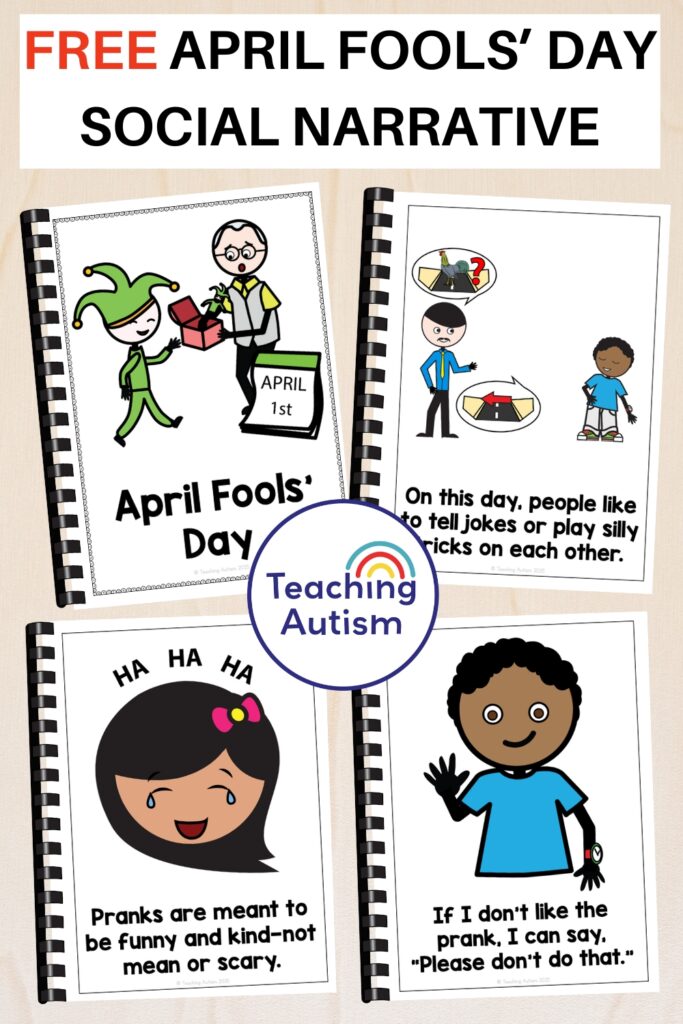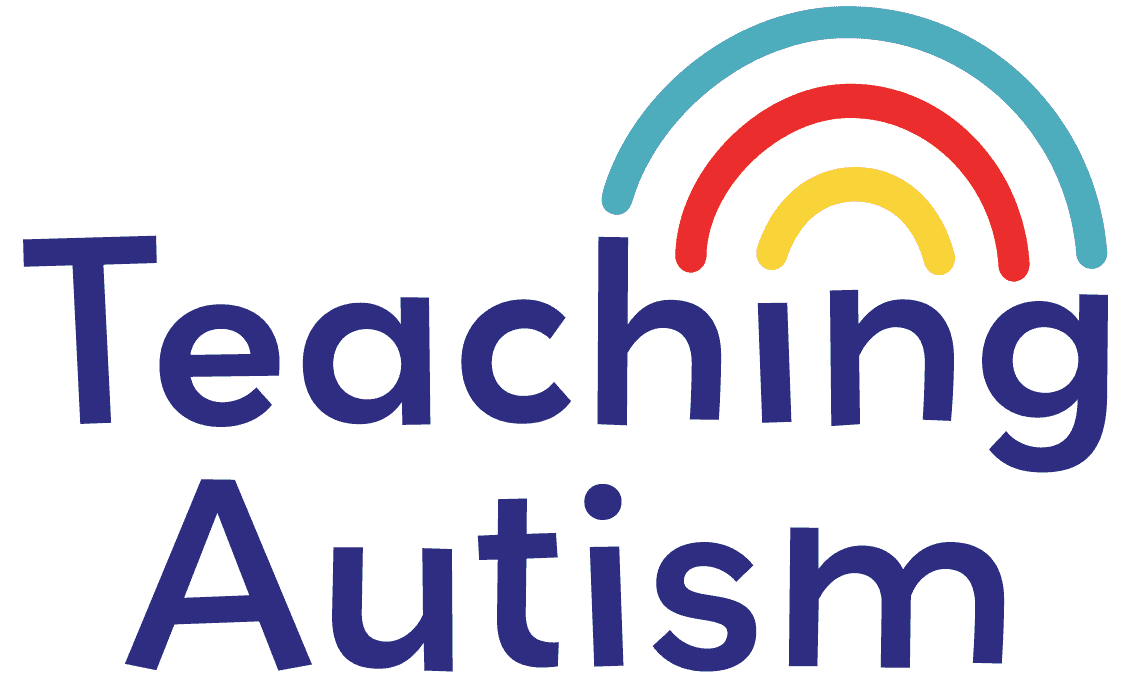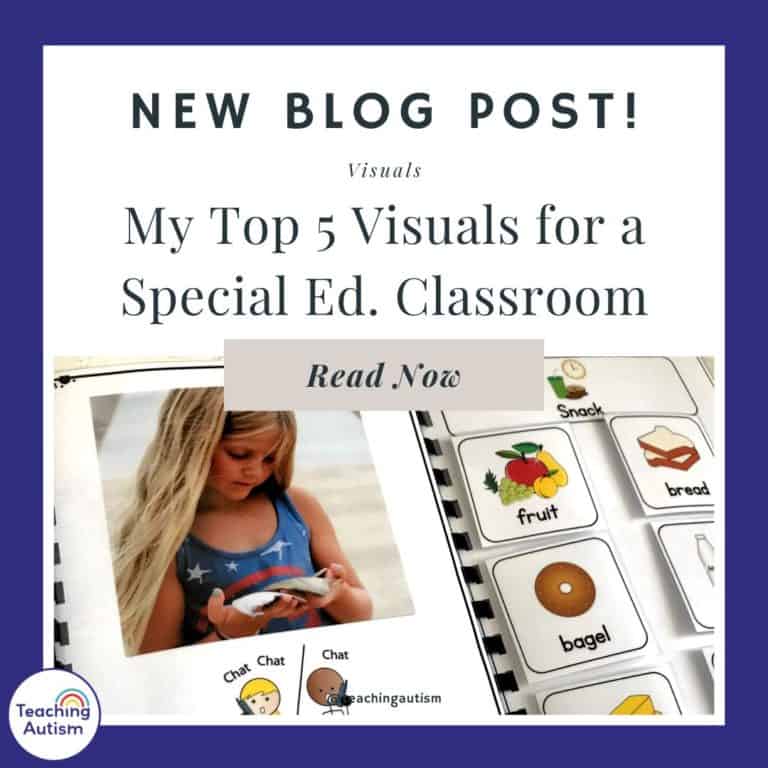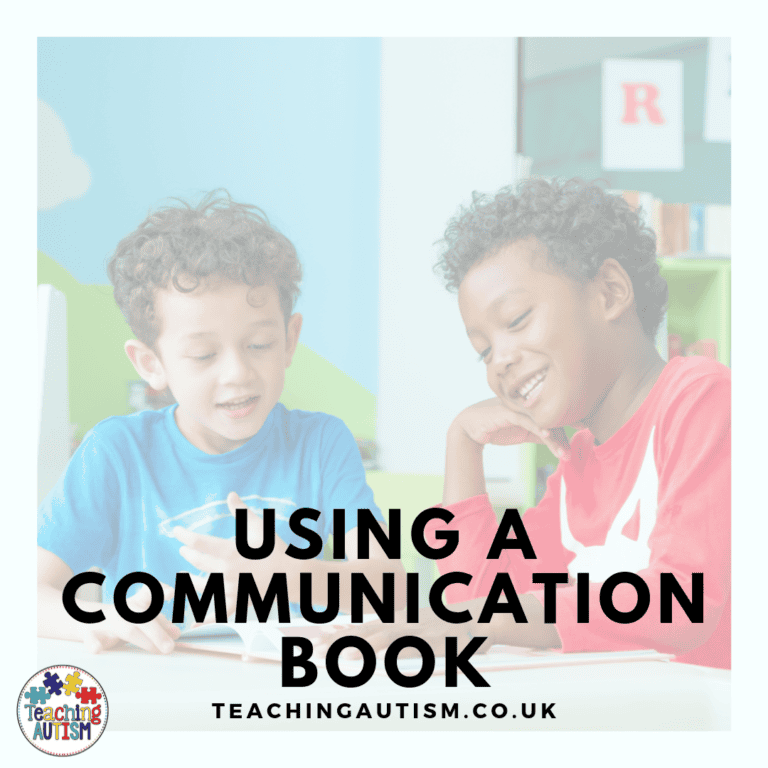Free April Fools’ Day Social Narrative Story
This free April Fools’ Day social narrative story is the perfect way to help your students understand April Fools’ Day. If you have students who may struggle with understanding what it is.. Or how to take part.. Then this social narrative is perfect for you to use!
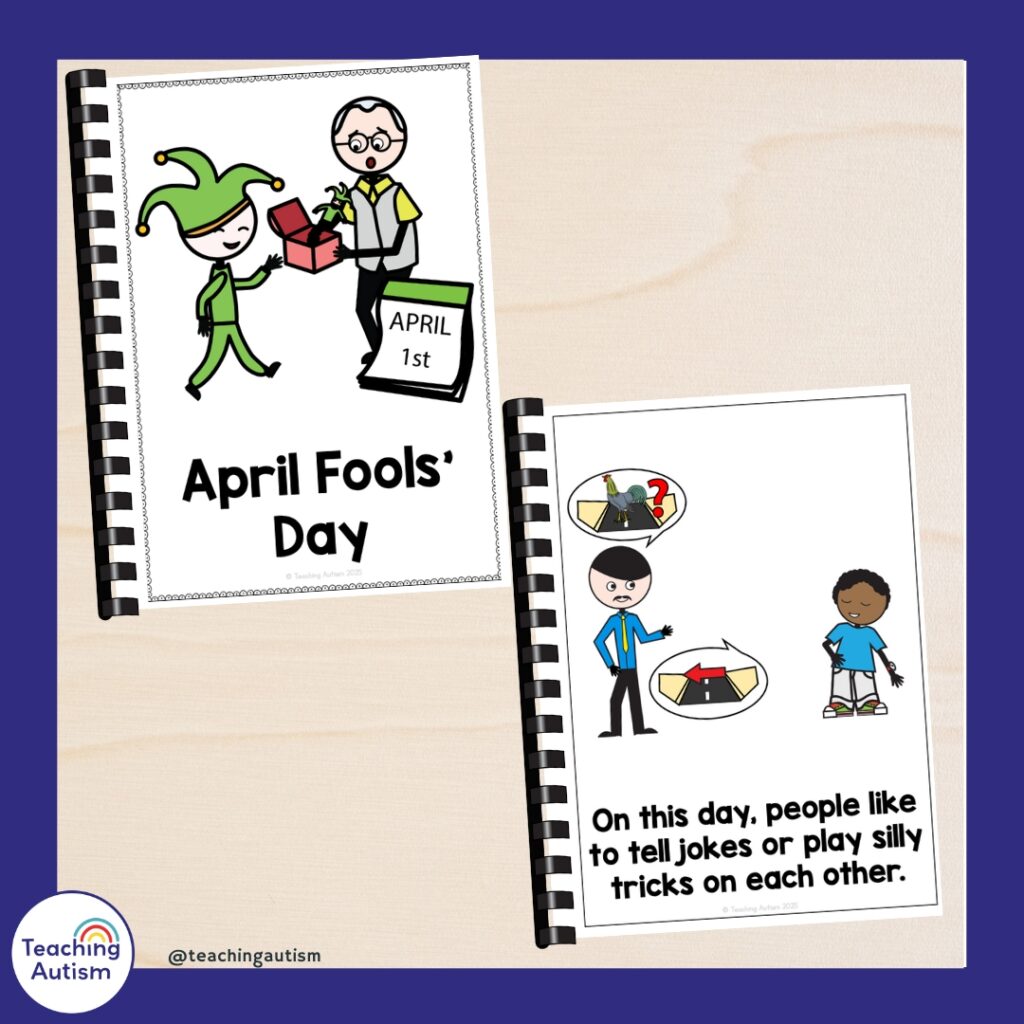
April Fools’ Day can be a fun and exciting time for many children, but for some of our students it can be confusing, overwhelming, and even stressful. The idea of jokes, pranks, and surprises may be difficult to navigate, and distinguishing between playful fun and hurtful tricks can be challenging.
That’s why I created the April Fools’ Day Social Narrative Story! This free resource helps students understand what April Fools’ Day is, what kinds of pranks are fun versus inappropriate, and how to respond if they don’t like a joke. You can download it for FREE in my Free Resource Library!
Scroll on below to find out more about this social narrative and to download it.
Why Use a Social Narrative for April Fools’ Day?
Social narratives are an excellent tool for helping students prepare for new or confusing situations. They break down events step by step in a way that is easy to understand and process. This April Fools’ Day Social Narrative is designed to:
- Explain what April Fools’ Day is and when it happens.
- Show examples of fun, friendly pranks.
- Differentiate between playful jokes and mean tricks.
- Teach children how to respond to pranks, including what to do if they don’t find them funny.
- Emphasize that April Fools’ jokes are only for one day—after April 1st, they stop!
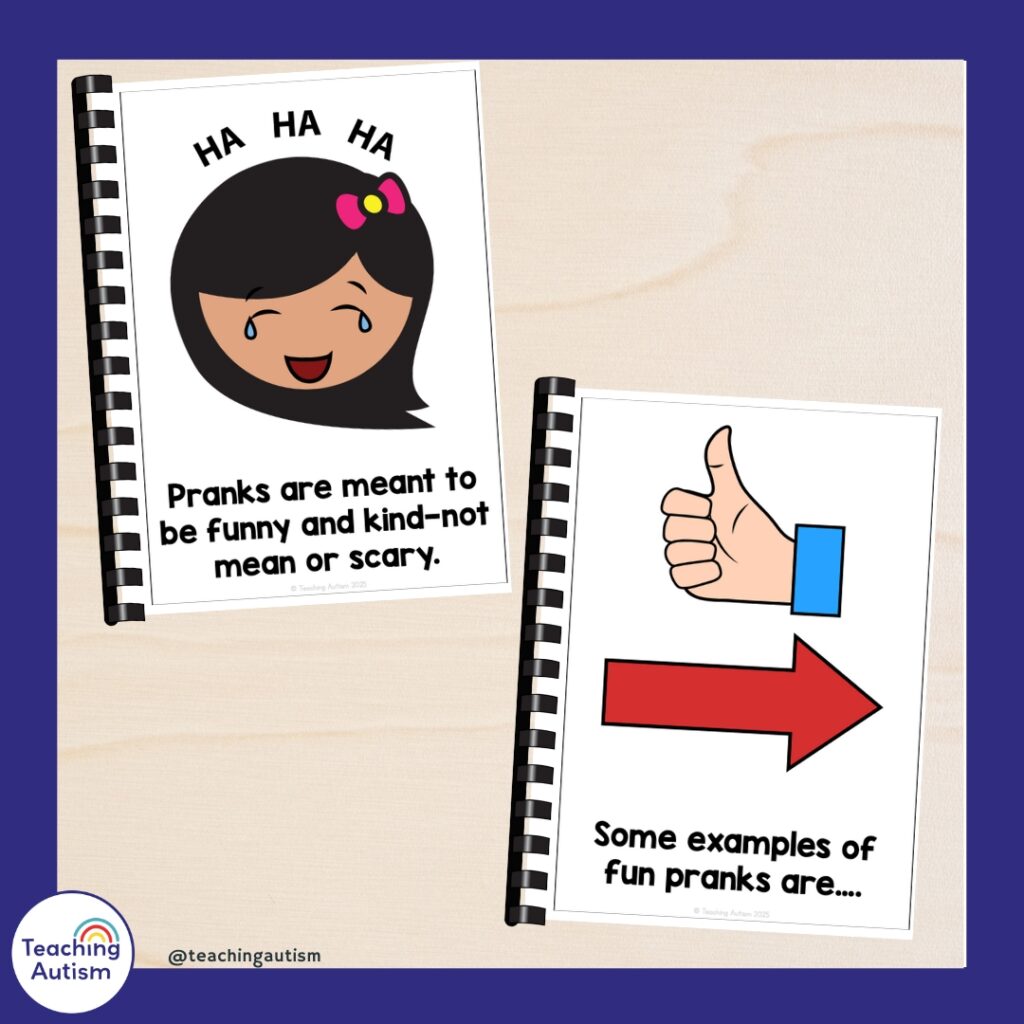
What’s Inside the April Fools’ Day Social Narrative?
This printable resource includes simple text and visuals to help students understand the concept of April Fools’ Day. Some of the pages cover:
- Examples of harmless pranks, like pretending your shoes are on the wrong feet or saying, “There’s a giraffe in the bathroom!”
- Examples of mean pranks, such as saying something scary, giving someone an empty box labeled as a treat, or breaking a toy.
- How to respond to pranks, including ways to express feelings and set boundaries if a joke is upsetting.
- The importance of ending jokes after April 1st to avoid confusion and distress.
How to Use This Social Narrative
I recommend printing and laminating each page to create a small book that your students can revisit whenever needed. Read through the story together in the days leading up to April 1st to help students understand what to expect. You can also use it as a discussion tool, asking questions like:
- What are some funny pranks you might like to try?
- How would you feel if someone played a prank on you?
- What could you say if you didn’t like a joke?
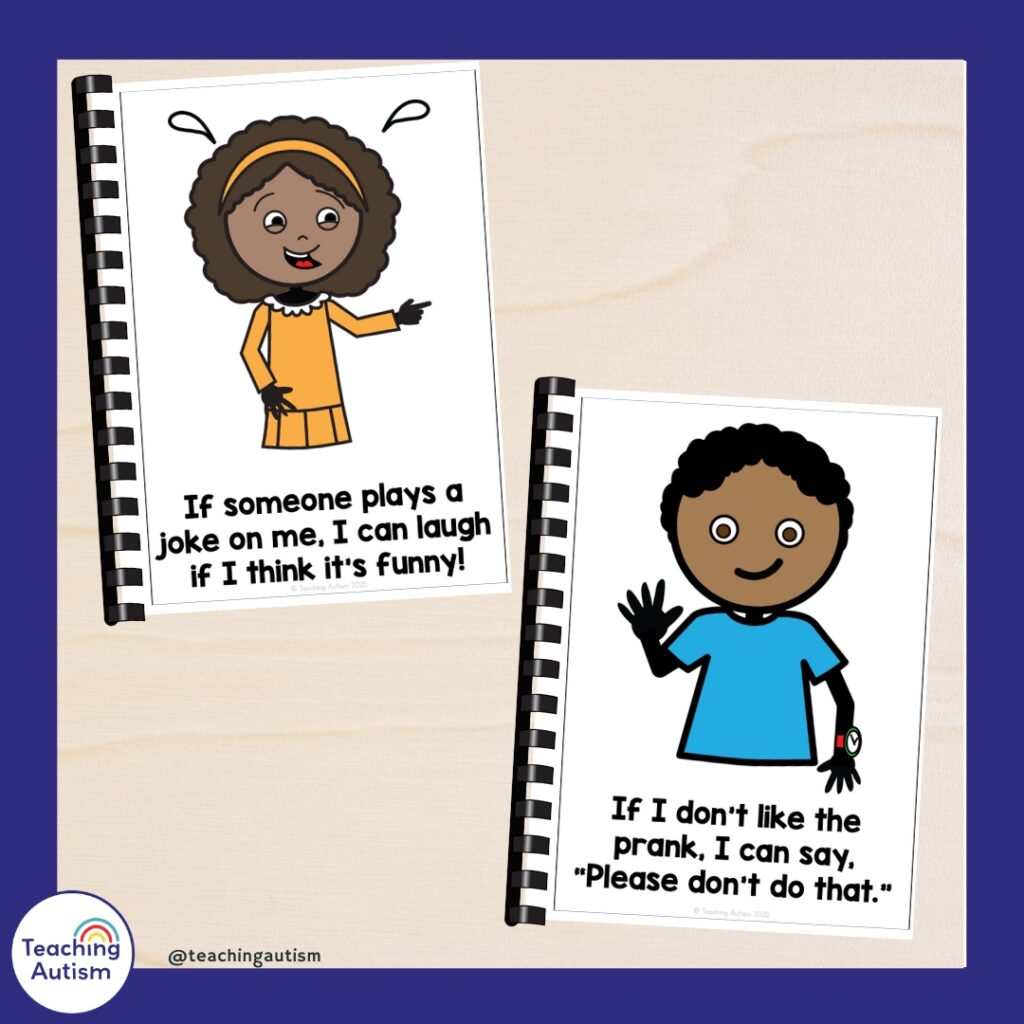
Download Your Free Copy!
Get this resource and over 200 others for free by joining up to my (FREE) resource library.
If you’re already a member of the free resource library, just log in here and download your resource.
Let’s Make April Fools’ Day Fun for Everyone!
April Fools’ Day should be a time for laughter and joy, not anxiety and confusion. By using this social narrative, you can help your students feel more prepared and comfortable with the day’s events. If you find this resource helpful, I’d love to hear your feedback! Leave a comment below or reach out to me on social media.
Happy April Fools’ Day, and let’s keep the fun kind and inclusive!
Helpful Links
- How to Use Social Narratives
- Teaching Social Skills to Autistic Students : Strategies for Success
- 115+ Social Narrative Stories to Download
- April Fools’ Day Ideas Pinterest Board
If you found this blog post helpful please consider sharing it with your friends and colleagues on social media.
P.S. Have you signed up for my VIP membership yet? If not, head on over and sign up now. You’ll get access to hundreds and hundreds of resources, templates, crafts and more being uploaded every month!
Nikki
